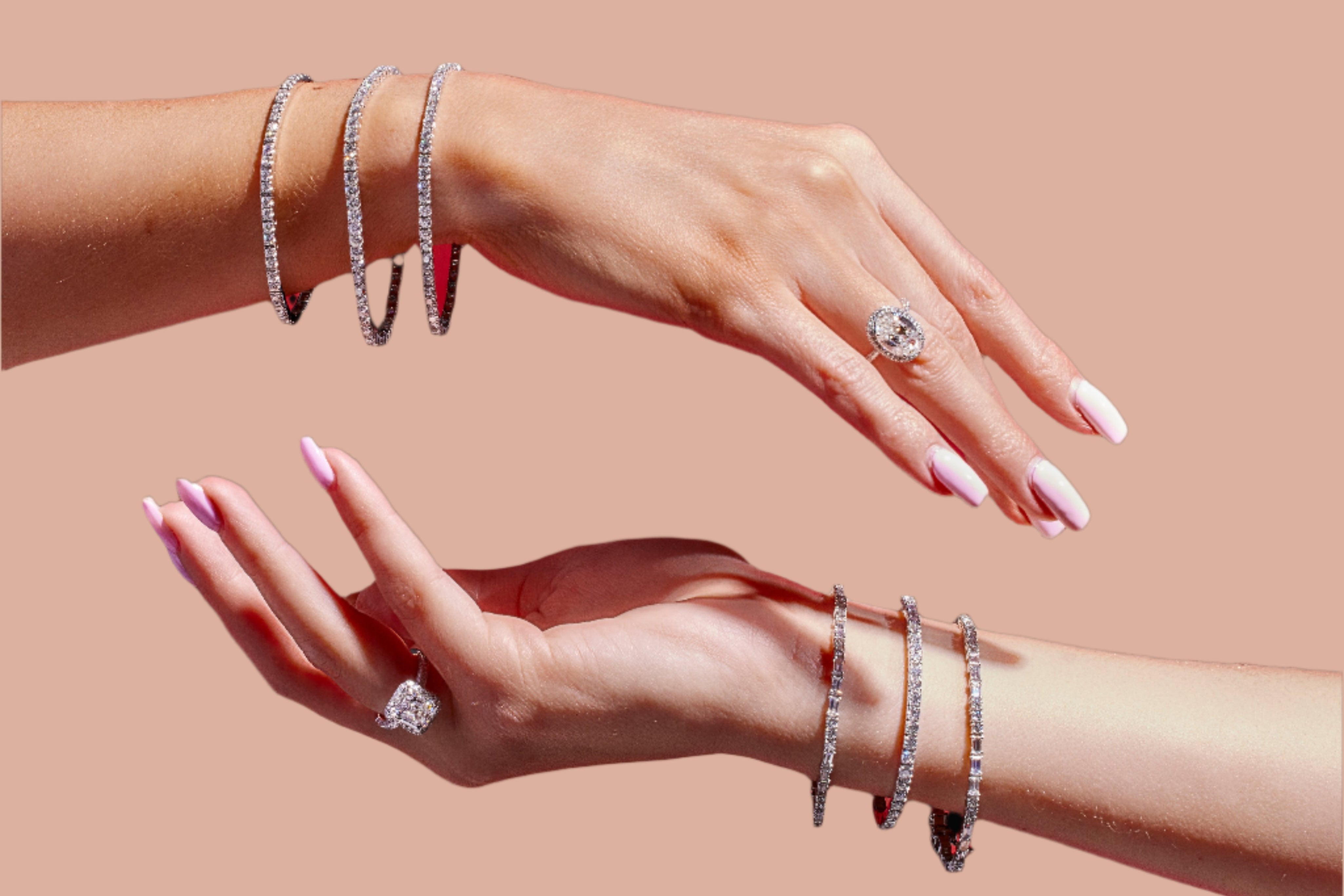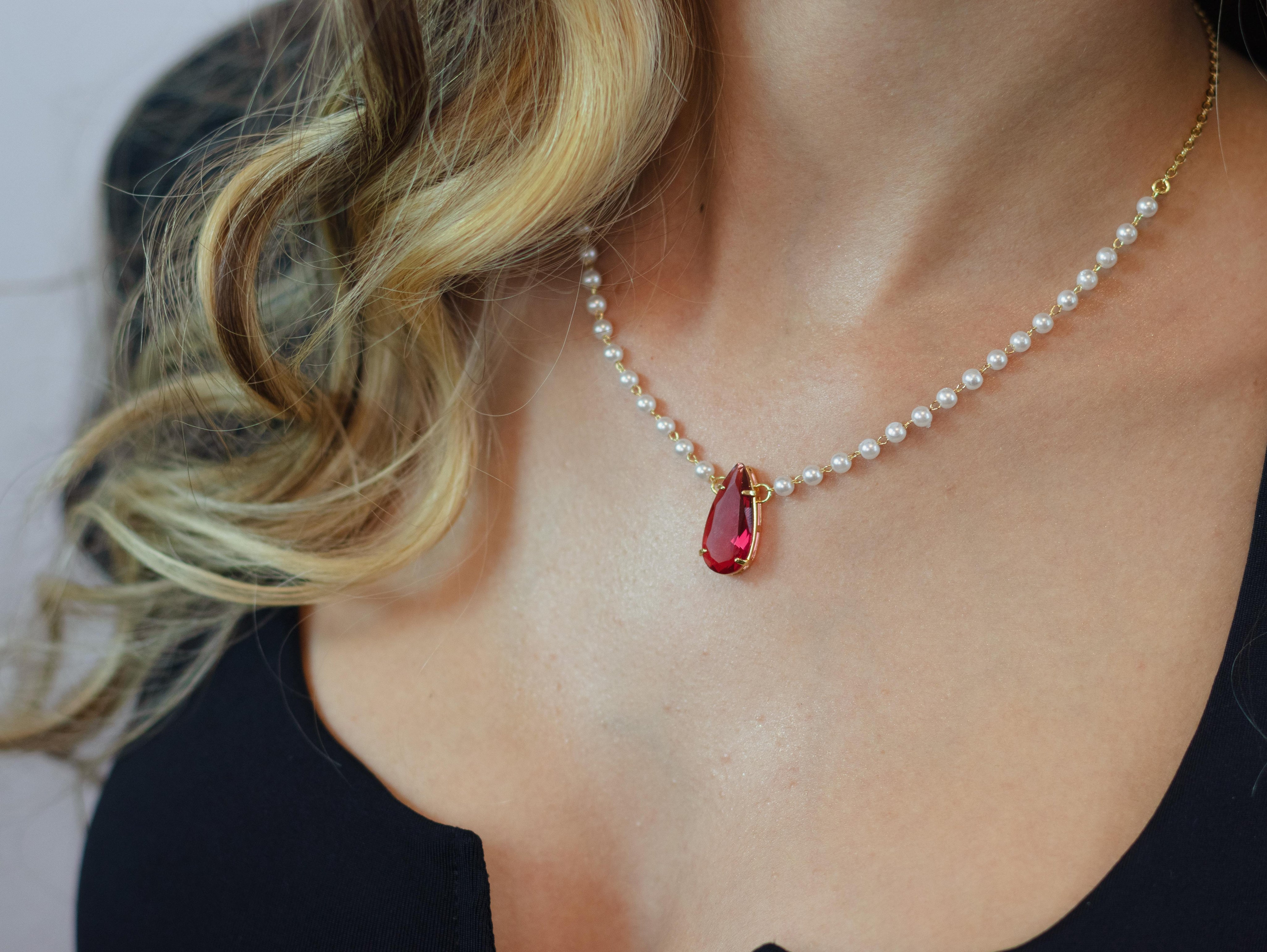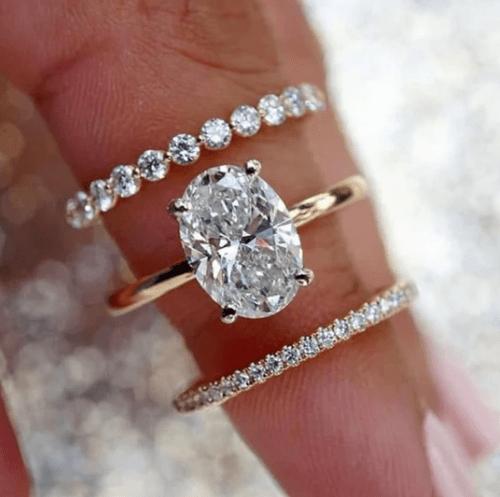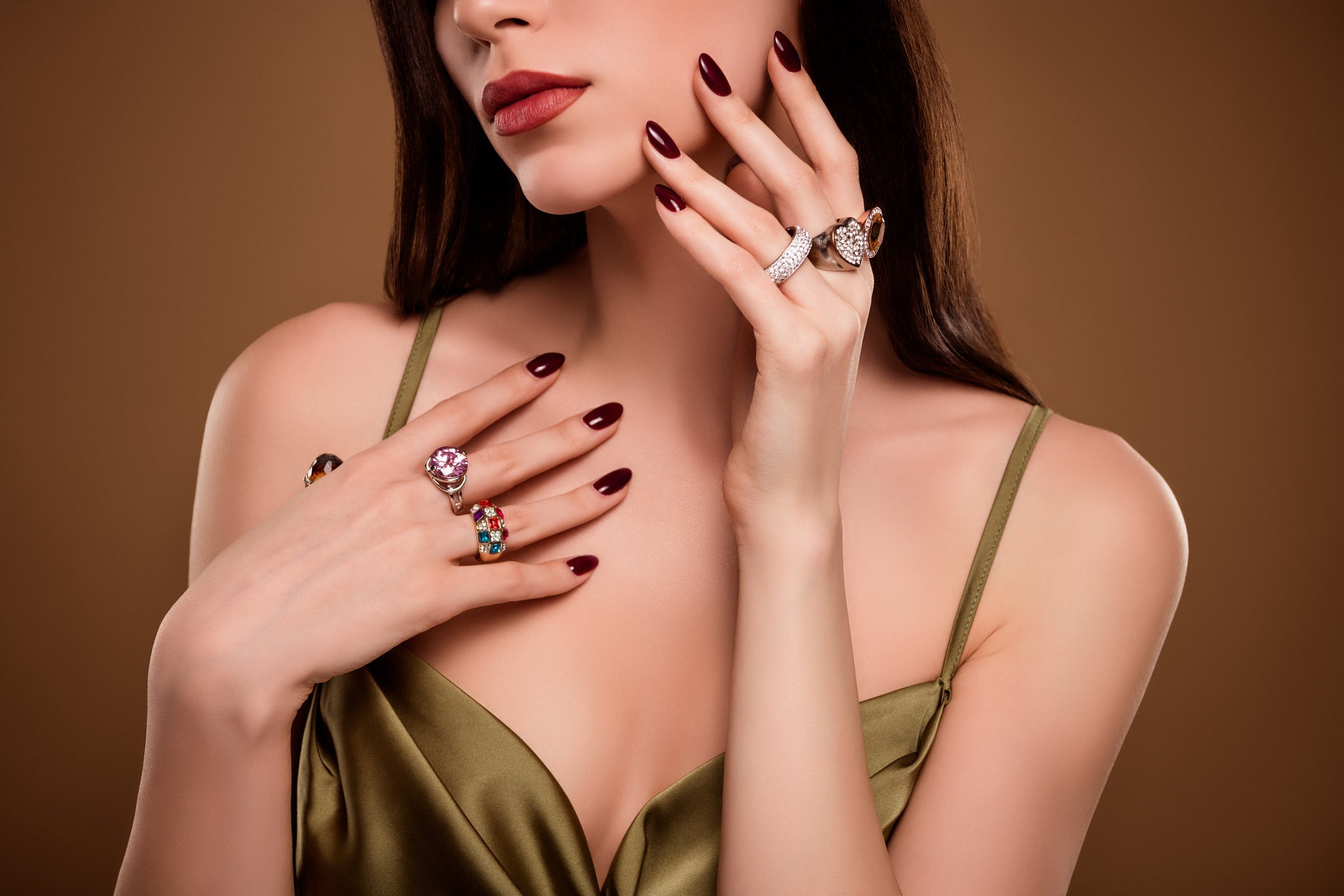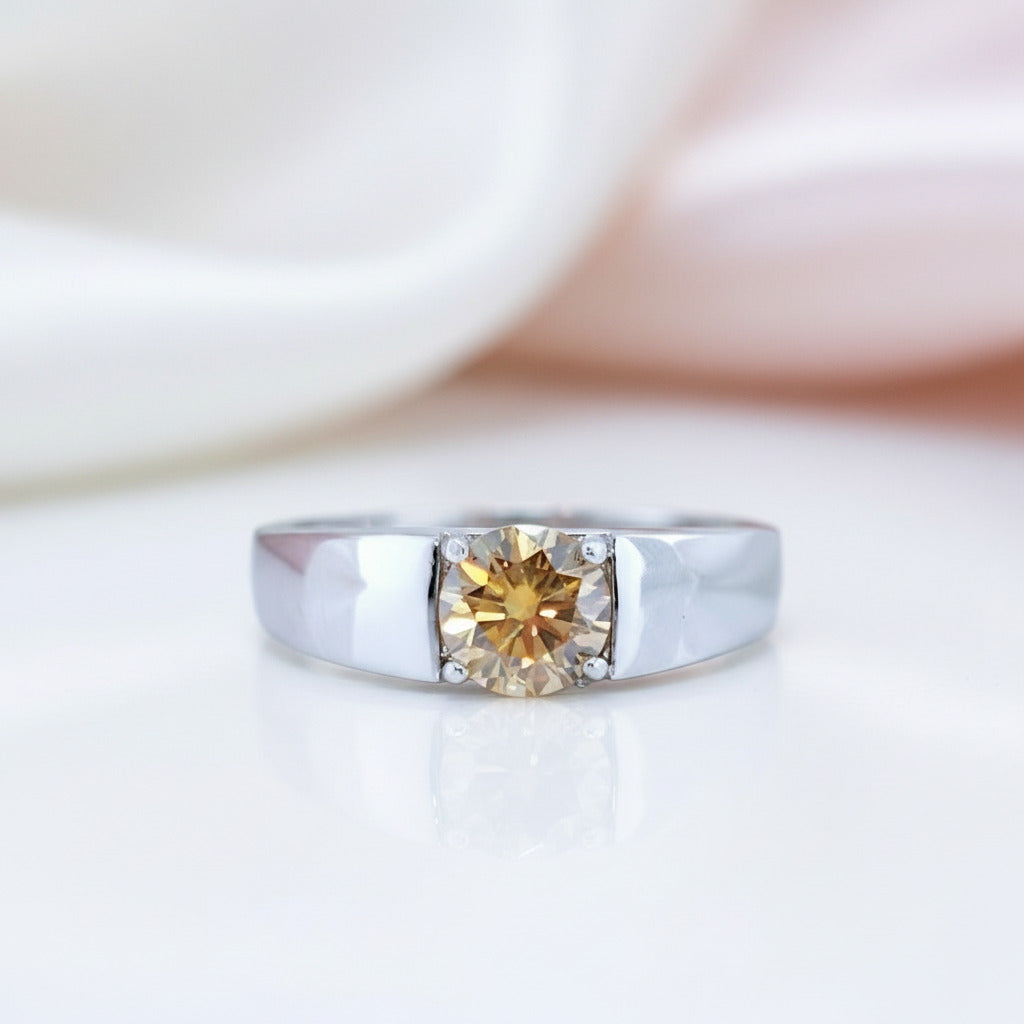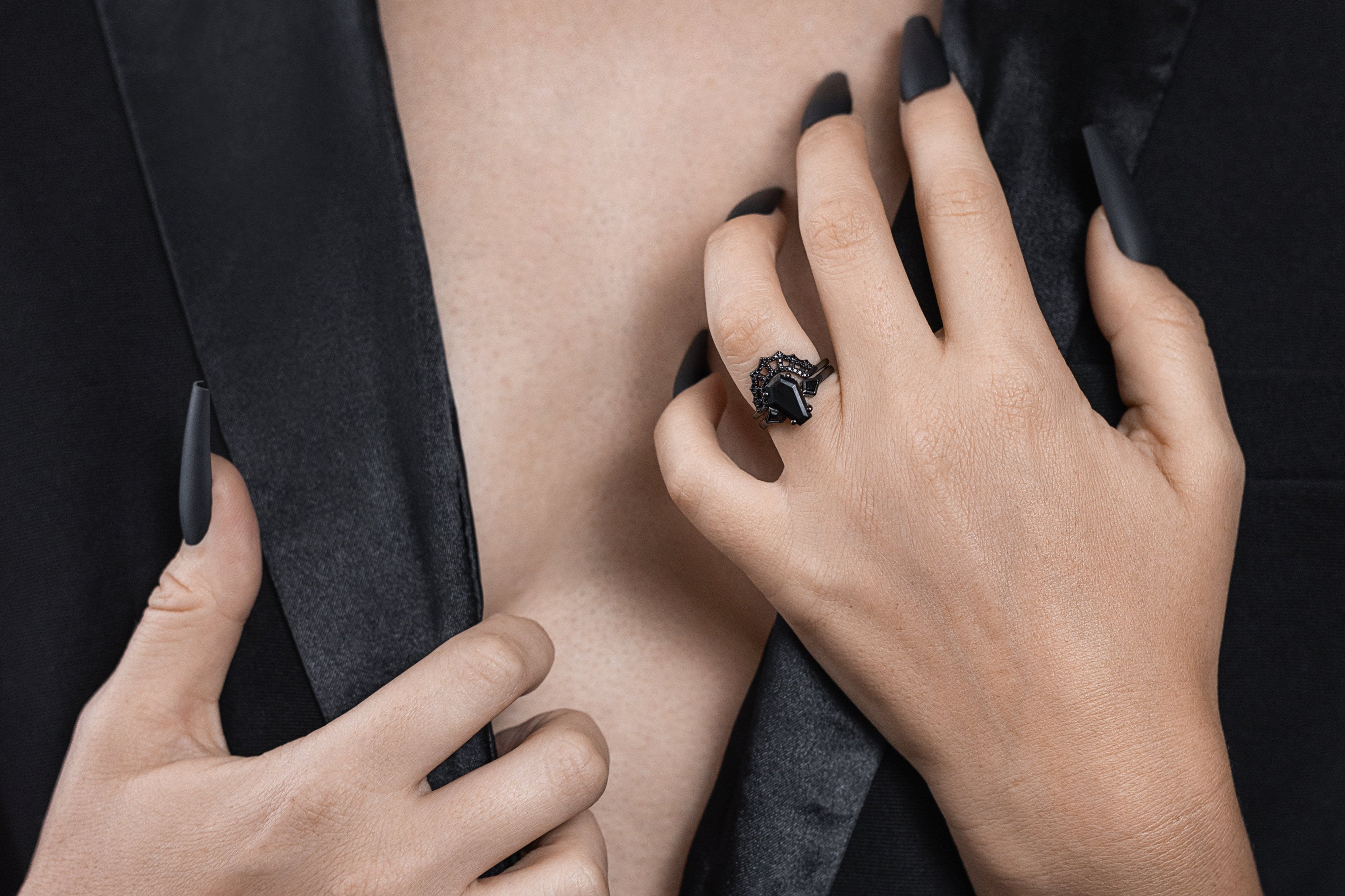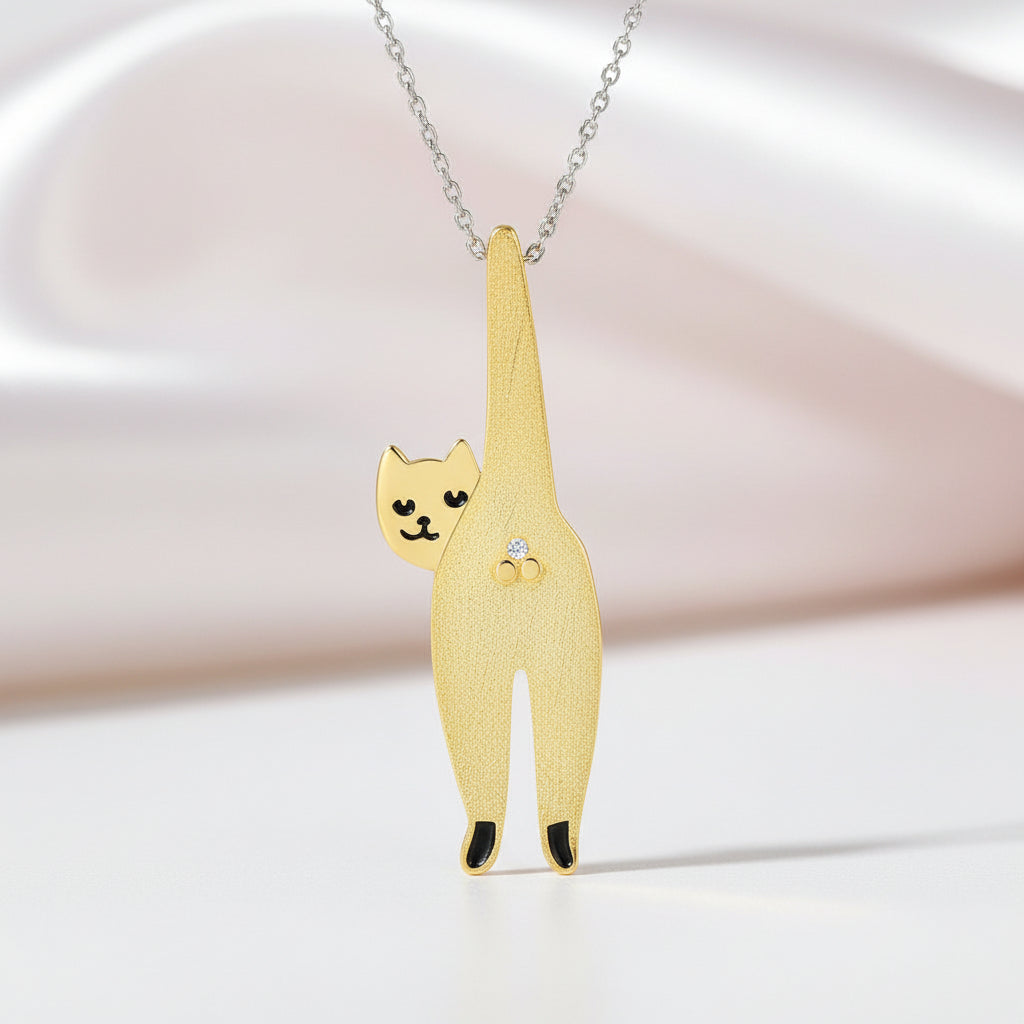Content
Did you know that the value of the jewelry industry in 2018 alone was more than 200 USD? Since then, the value of this industry has only continued to grow. After all, it's unlikely that people will get tired of necklaces, earrings, and rings anytime soon, especially when it comes to jewelry like engagement rings.
It can be difficult to choose the perfect engagement ring if you don't know what to look for. From oval engagement rings to square diamonds and beyond, what should you look for when choosing a diamond and why might an oval engagement ring be the right choice? If you're asking yourself these questions, you've clicked on the right article.
Here, you'll learn about all the differences between the different shapes of diamonds. You'll also find out what makes oval diamond rings unique. First, let's take a better look at what diamonds are exactly and why they're not only so special but so sought after for engagement rings.
What You Need to Know About Diamonds
If you don't know a thing about diamonds, you can't expect to choose a good diamond by looking at its shape. There are quite a few characteristics you need to look for to make sure that you're choosing only the very best diamond for your engagement ring. When it comes to any good diamond, you'll need to assess the four C's: carat, cut, color, and clarity.
The carat of any diamond is one of the most important (and recognizable) aspects. This is because the carat refers to the weight of a diamond (and is not to be confused with the karat which is instead used to measure the purity of gold). When looking at rings in jewelry stores or online, you've undoubtedly come across rings with huge and very expensive diamonds.
The larger the diamond, the higher carat it will be. Many people love to go with the highest carat rings they can find, but of course, rings with very large diamonds can be out of the price range of many people. Keep in mind that the weight of one diamond carat equals 0.20 grams.
You'll find that even a diamond of a single carat can be quite expensive. Why might this be, you ask? Because around 250 tons of rock needs to be mined through for every carat of diamond. Because the mining process requires the labor of a lot of machinery and takes a long time, the process makes the price of a diamond carat quite expensive.
The price of a diamond increases at an exponential rate rather than a linear weight as the carat increases. Because of this, a diamond of a larger carat can be drastically more expensive than a lighter diamond. But there is more to diamond shopping than carats.
Understanding the Diamond Color
No doubt, you've already seen diamonds of many different colors from the traditional clear shade to green, yellow, and chocolate. Besides the color, is there any difference between these diamonds? What does the color have to do with a diamond's quality?
The color of a diamond is determined by the lack of color rather than the presence of color. A diamond without any color is often known as a white diamond. White diamonds are much shinier and more sparkly than other kinds of diamonds.
This is because diamonds with color, even a little bit of color, do not reflect light as much and therefore will not sparkle as much. Diamonds mined fresh out of the ground will either be colorless, brown, or yellow. These variations in color have to do with the traces of the rocks surrounding the diamond that might have seeped into the diamond over millions of years.
The color of a diamond is determined by a precise color grading method. For example, a D color diamond is a diamond of the purest color that you can buy. It has no traces of color in it and because of this, it is very rare and very expensive.
A D color diamond is usually paired with platinum or white gold so the color of the metal won't interfere with the color of the diamond. As you move down the color grading scale, you will find diamonds with a more yellow hue. This does not mean that yellowish diamonds are of bad quality.
The color of many yellow diamonds is not often detectable to the naked eye. Even if you can see that a diamond is yellowish, the quality is usually still quite high. After color, you need to consider the clarity.
Understanding the Clarity of Diamonds
The clarity of a diamond has everything to do with how the diamond developed over millions and millions of years. Even if a diamond looks perfect to the naked eye, it more than likely has microscopic impurities which are known as inclusions. These inclusions make every diamond unique and they can make certain diamonds much rarer than others.
Diamond inclusions are very important when it comes to the sparkle of a diamond. This is because some inclusions can diminish or enhance the sparkle of a given diamond. However, it will be unlikely that you will be able to distinguish any impurities in a diamond since the inclusions are almost always microscopic.
As with the color of a diamond, the clarity of a diamond is also ranked on a scale. At the top of the scale is the flawless diamond. As the name suggests, a flawless diamond is very rare and has no inclusions even when you look at it at 10X magnification. The downside of flawless diamonds is that they tend to be on the smaller side.
Another downside is that they are very rare and hard to find. After all, they account for only around 0.1% of all diamonds. Because of this, you should expect to pay a very large amount for a flawless diamond.
The next step below a flawless diamond is an internally flawless diamond. These diamonds, as the name says, are flawless on the inside and have no natural inclusions. However, the surface of the diamond may have some very minor imperfections.
Because these surface imperfections are so minimal, you would not be able to see when with your naked eye. As you go further down the scale, the diamonds will have more and more inclusions and the diamond's sparkle will be less brilliant.
Understanding the Cut of Diamonds
At last, we come to the last of the four C's: the cut. The cut is one of the most visible parts of a diamond and there are more options for the cut of a diamond than for any other aspect. The cut of a diamond has a lot to do with the sparkle of the diamond as well.
This is because diamonds obviously don't come already cut once they're dug out of the ground. Uncut diamonds are known as rough diamonds and are not very shiny at all. Only once a diamond is cut does the diamond have enough surface area and sides to reflect light in a brilliant way.
Diamonds may be cut poorly or excellently with many variations in quality in-between. Poorly cut diamonds, as the name suggests, are not cut in a way that allows light to refract in many different directions, so the resulting shine is not very spectacular. An excellent cut diamond, on the other hand, is much rarer and more expensive, but it is noticeably shinier and more brilliant.
If you want a truly spectacular diamond wedding ring, you should always opt for a diamond with a cut of a higher quality. The polish of a diamond affects the sparkle as well. A polished diamond will always shine more than an unpolished diamond.
But what shape diamond should you choose? When it comes to rings for women, is there much of a difference between an oval ring versus a square or circular ring? Yes, there is!
What You Need to Know About the Diamond Ring Shapes
Round diamonds are some of the most popular diamond shapes on the market when it comes to engagement rings. They have around 58 facets and because of this, they are some of the most sparkly diamonds around. The round shape goes well with about any style and any finger.
However, there are some downsides. The most prominent downside is that these diamonds tend to be expensive since round diamonds end up wasting a lot of excess diamonds.
The princess cut diamond takes the form of a bold square. They are almost as popular as round cut diamonds but are more affordable since they use around 90% of the rough diamond. However, since the sharp corners of the diamond are very prominent, they may be more vulnerable to damage over time.
The cushion cut diamond has been popular for around 200 years. It is similar to the princess cut except that it has rounded edges. It has a great vintage look but it can show imperfections more easily.
There is then the oval-cut diamond. What makes the oval cut so special for engagement rings?
Why Oval Engagement Rings Are So Great
Similar to round diamond rings, oval diamond rings offer a striking and unique brilliance that can't be seen with most other diamond shapes. This is because oval diamonds have so many different faces, around 56, and can reflect and refract light in so many different ways. Oval diamonds tend to be perfectly symmetrical which also contributes to their amazing shine which has been popular since the 1960s.
Unlike the princess cut, you'll never have to worry about your oval diamond ring being damaged since it is a smooth surface without any edges. So, even if you're very active, your oval diamond will withstand plenty of wear and tear.
Beyond being resilient, oval diamonds are also surprisingly affordable compared to diamonds of different cuts, even round diamonds. Because of the way an oval diamond is cut, it will always have a great shine no matter what carat the diamond is. They offer a uniquely feminine shape as well and they can complement any hand or outfit.
Oval rings can make your fingers look longer and more elegant. Besides making your fingers look more attractive, oval diamonds can often look larger than round diamonds even if they are of the same carat because oval diamonds have a larger surface area.
So, know that you know about the many benefits of oval engagement rings, you may be wondering if there are any cons.
What Are the Cons of Oval Engagement Rings
While every cut of a diamond has a disadvantage or two, the disadvantages of oval diamonds are few and far between. The major disadvantage you might come across when buying an oval engagement ring is the bow tie effect. What is the bow tie effect, you might ask?
It all has to do with how the light filters through an oval diamond. Often, oval diamonds will have a dark line of shadow running through the middle. This can distract from the brilliance of the rest of the diamond.
However, the bow tie effect is usually prominent in oval diamonds that have been cut poorly. It is much more difficult to find the bow tie effect in high-quality oval diamonds.
Choosing Your Engagement Ring
By the end of this article, you should know all about what you need to take into account when choosing a diamond engagement ring. You also know what makes oval engagement rings unique compared to other cuts of diamonds. With this information, you can be confident that you'll make the right decision when it comes to choosing the best engagement ring.
To learn more about rings and diamonds, explore our website.




